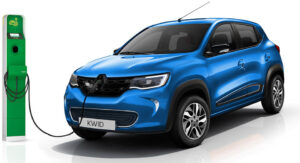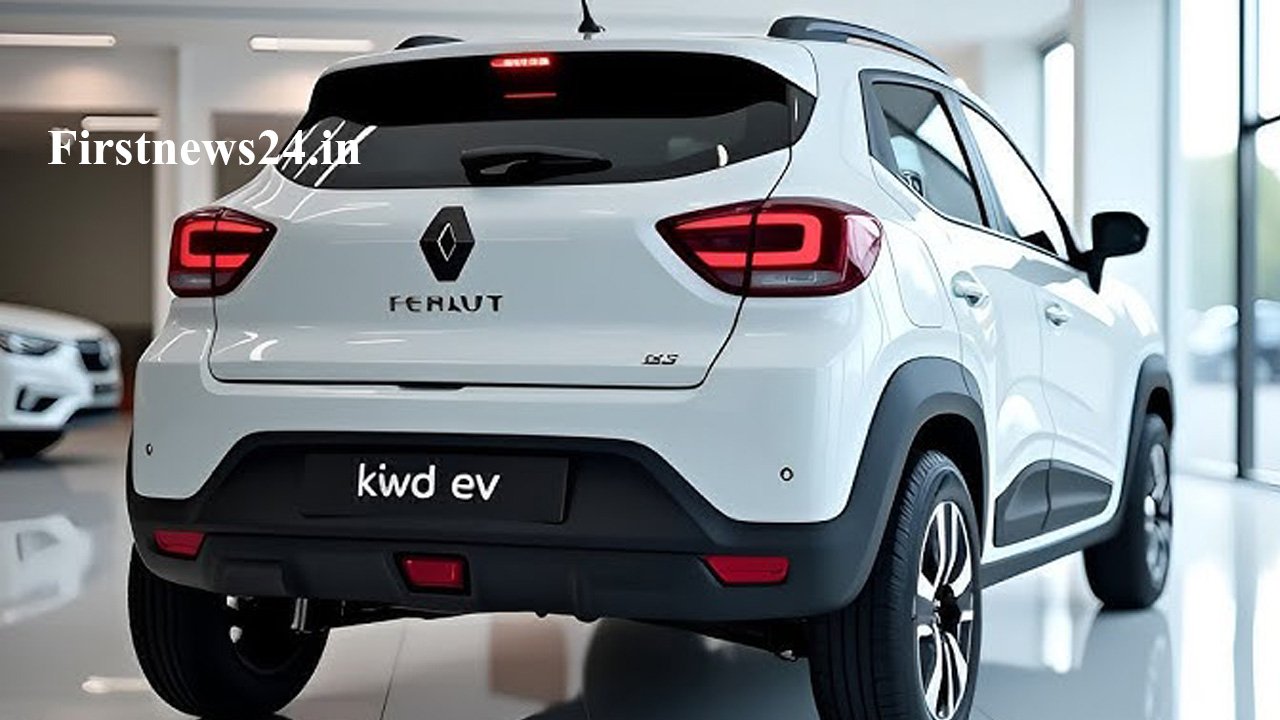As electric vehicles gain momentum worldwide, Renault is gearing up to expand its EV lineup alongside its established internal combustion engine (ICE) models. The next-generation Renault Kwid EV was recently spotted in Brazil without any camouflage, offering a clear glimpse of its design ahead of its official debut. This electric hatchback, which has also undergone extensive testing in India, is expected to hit Indian roads by 2026, aiming to compete directly with affordable electric rivals.
A Closer Look at the Renault Kwid EV
The upcoming Kwid EV is widely believed to be a rebadged version of the Dacia Spring EV, which is already available in global markets. Its exterior design mirrors the Spring EV’s compact and urban-friendly look. Inside, the car is anticipated to feature a similar set of modern amenities, including dual digital screens, automatic climate control, traffic sign recognition, and lane watch assist—making it well-equipped for urban driving needs.
Mahindra Scorpio-N Pickup Set to Redefine the SUV-Pickup Segment with Power and Versatility
Under the hood, the Kwid EV will come with a 26.8 kWh battery pack, delivering a practical range of approximately 305 kilometers on a single charge. The front-wheel-drive electric motor is expected to produce around 65 horsepower and 125 Nm of peak torque, offering efficient and smooth city driving.

Renault has been actively testing the Kwid EV on Indian soil, with early test mules spotted in Tamil Nadu sporting temporary red registration plates linked to Renault Nissan Automotive India Private Limited. Initial prototypes were seen mounted on flatbed trucks to conceal the vehicle during trials. The Indian version may see tweaks to suit local conditions and cost-efficiency, potentially using locally sourced components.
It’s worth noting that the Dacia Spring EV and the Renault Kwid EV are badge-engineered versions of the same vehicle platform. In India, the Kwid EV is expected to offer a slightly lower range of around 220 kilometers on a single charge, adjusted to Indian road and climate conditions. Renault plans to officially launch this EV either by late 2025 or early 2026.
Competing in the Affordable EV Segment
Once launched, the Renault Kwid EV will enter a competitive segment featuring cars like the Tata Tiago EV, MG Comet EV, and Citroën eC3. Priced attractively, the Kwid EV is expected to start at approximately ₹7 lakh (ex-showroom), making it an accessible choice for budget-conscious buyers.
Design-wise, the Kwid EV leans towards simplicity, forgoing alloy wheels in favor of wheel covers. The side mirrors include integrated turn indicators and are electrically adjustable. The door handles are pull-up type, consistent with the car’s cost-effective positioning. The front fascia features basic LED daytime running lights (DRLs) and side body cladding to enhance its SUV-like appeal.
People Also Ask About Renault Kwid EV
Q: What is the expected range of the Renault Kwid EV on a single charge?
A: The Kwid EV is expected to offer up to 305 kilometers on a full charge based on global specs, with the Indian version possibly delivering around 220 kilometers due to localized adjustments.
Q: When will the Renault Kwid EV launch in India?
A: The Renault Kwid EV is likely to be launched in India by late 2025 or early 2026.
Q: How does the Kwid EV compare to other electric cars in India?
A: It will compete directly with affordable EVs like the Tata Tiago EV, MG Comet EV, and Citroën eC3, offering a similar range and modern features at a competitive price point.
Q: Is the Renault Kwid EV based on another existing model?
A: Yes, it is essentially a rebadged version of the Dacia Spring EV, adapted for different markets.
Q: What features can buyers expect in the Renault Kwid EV?
A: Features include dual digital screens, automatic climate control, traffic sign recognition, lane watch assist, LED DRLs, and electrically adjustable side mirrors with turn indicators.
